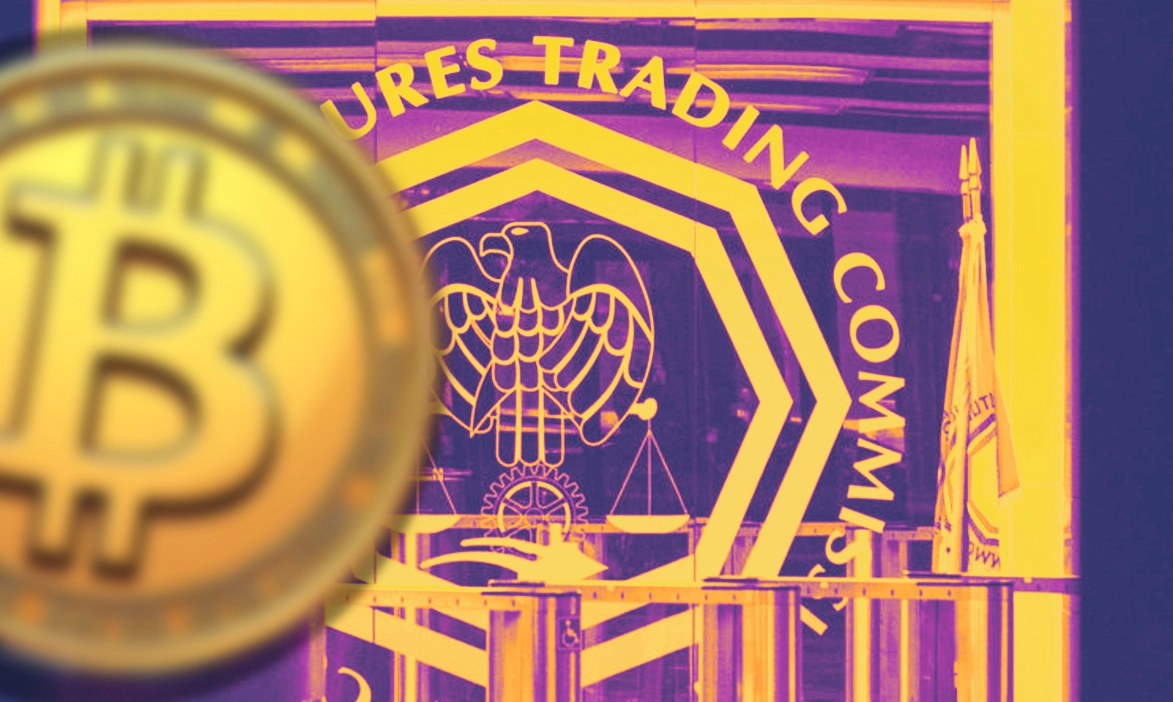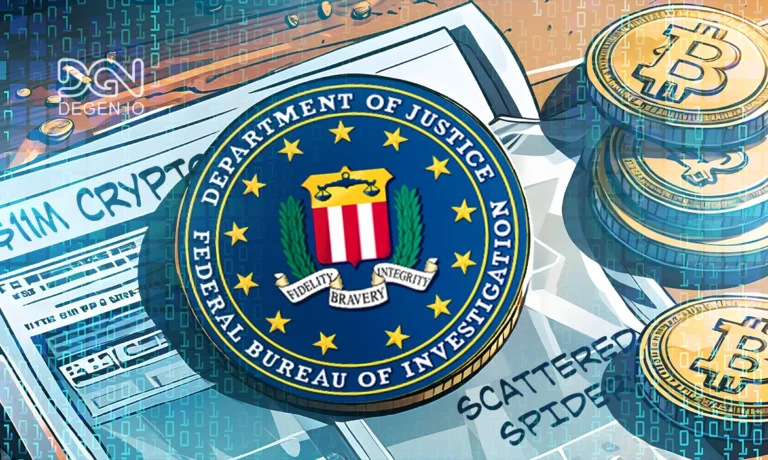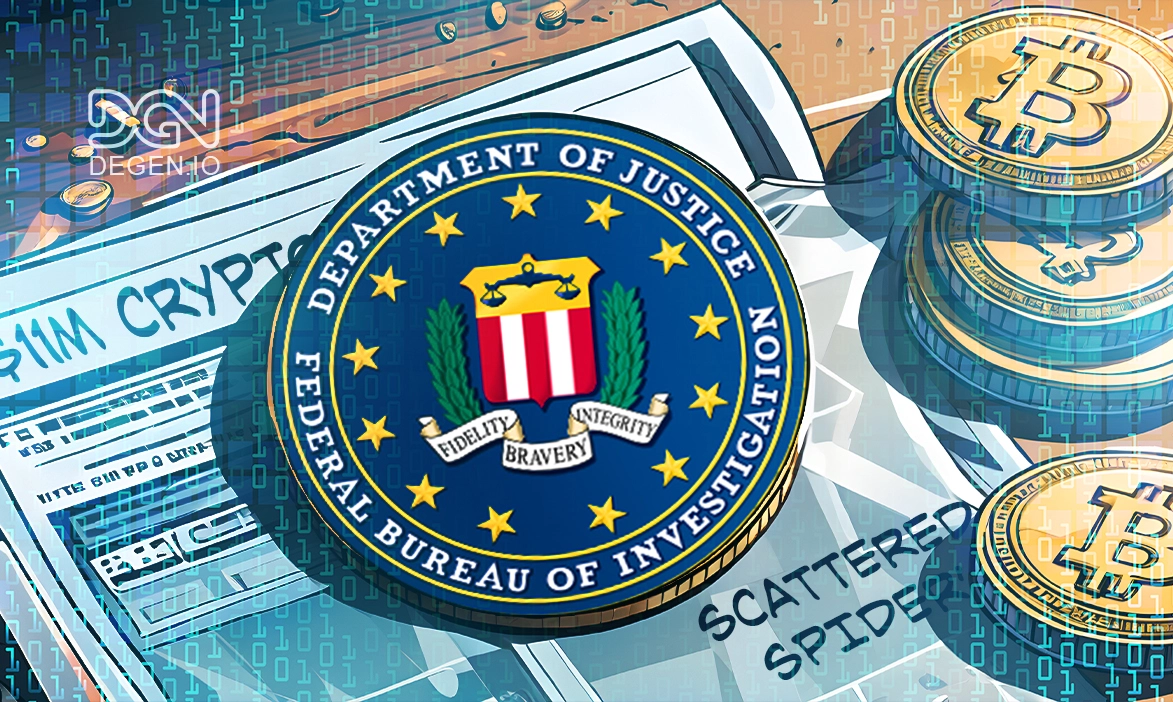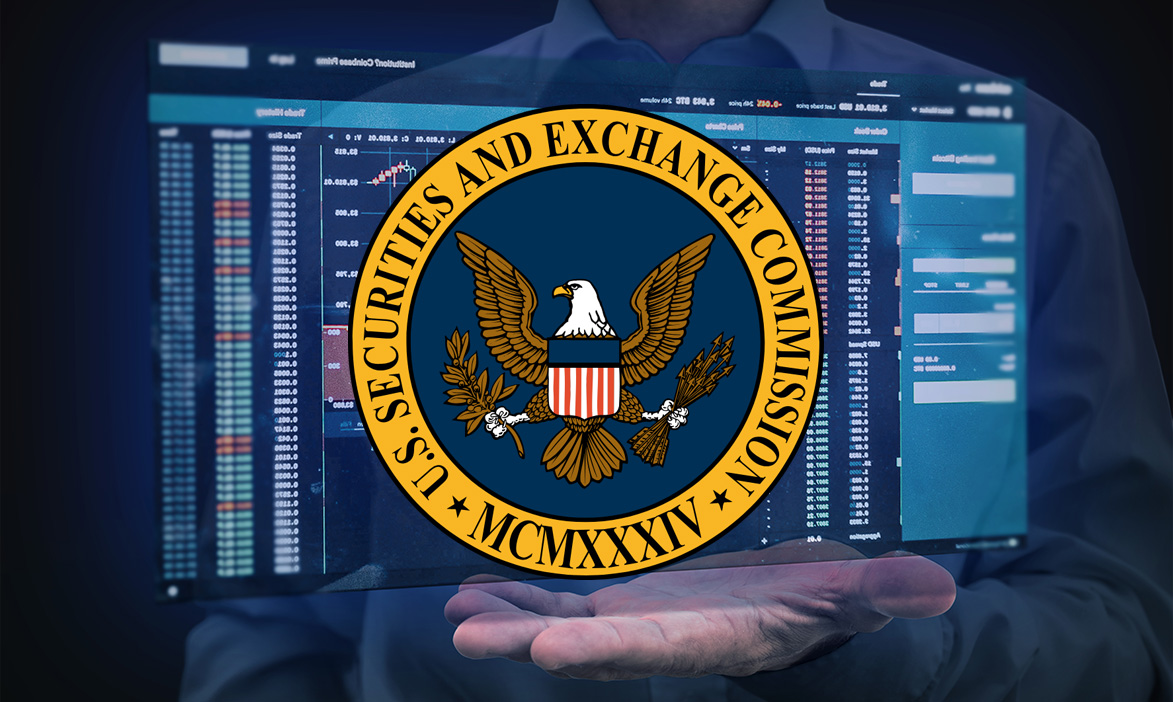XRP, one of the oldest and most polarizing cryptocurrencies in the market, has made waves recently with a significant price rally. Amid its resurgence, renowned crypto expert and Real Vision founder Raoul Pal has shared his thoughts on XRP, expressing optimism about its future and revealing his long-term investment approach.
Raoul Pal: “XRP Will Do Well”

Raoul Pal, a respected voice in the crypto industry, addressed his position on XRP during an exchange with his followers on social media. Despite the controversies surrounding XRP, Pal stated, “XRP will do well,” signaling a positive outlook for the asset’s potential.
Raoul Pal also disclosed that he had acquired XRP in 2020, during the token’s legal entanglements with the U.S. Securities and Exchange Commission (SEC). He confirmed he continues to hold some of those tokens, maintaining confidence in XRP’s prospects.
A Pragmatic Investor’s Perspective
As a “profit maximalist,” Raoul Pal emphasized his strategy of focusing on opportunities with the best returns, stating:
“Nothing wrong with XRP, and wish it well.”
His approach underscores the importance of pragmatic decision-making in the volatile cryptocurrency market, where profits often hinge on timing and adaptability.
XRP’s Legal Battle and Regulatory Spotlight
XRP’s journey has been marred by regulatory scrutiny, stemming from its association with Ripple, the blockchain company behind the token. In December 2020, the SEC filed a lawsuit against Ripple, alleging the unregistered sale of securities through XRP.
Ripple’s Use of XRP
Ripple uses XRP in its cross-border payment solutions, which aim to streamline international money transfers by reducing costs and transaction times. Despite its utility, the lawsuit cast a shadow over XRP’s legitimacy, leading to delistings on major exchanges and a drop in market confidence.
Turning Point for XRP
However, 2024 has been a pivotal year for XRP. Ripple secured partial victories in court, resulting in a resurgence of investor confidence and a price rally. XRP’s legal narrative has shifted from uncertainty to cautious optimism, contributing to its impressive recent performance.
XRP’s Price Surge: 178% Growth in November
XRP has experienced a meteoric rise, surging over 178% since the beginning of November to reach $1.42. This marks its highest price since September 2021 and has reignited discussions about the token’s future.
Performance Comparison
While XRP has shown significant gains recently, Pal noted that it has underperformed compared to other major assets like Bitcoin (BTC), Ethereum (ETH), and Solana (SOL) over the longer term.
Bitcoin, for example, is on the verge of hitting $100,000, buoyed by institutional interest and the potential approval of spot ETFs. Ethereum and Solana have also demonstrated strong market performance, with Solana recently making new all-time highs.
XRP’s All-Time High: Room for Growth?
Despite its recent rally, XRP remains significantly below its all-time high of $3.317, achieved in January 2018. At $1.42, the token still needs to climb 130% to reclaim its peak.
Market Sentiment
The question remains: Can XRP sustain its upward momentum? Market observers point to improved regulatory clarity and Ripple’s expanding use cases as potential drivers for future growth.
Raoul Pal’s Investment Philosophy and XRP’s Future
Pal’s confidence in XRP aligns with his broader investment philosophy, which prioritizes opportunities with high potential returns. As a seasoned trader, his willingness to hold XRP despite its legal challenges reflects his belief in the token’s resilience.
XRP’s Broader Appeal
Raoul Pal’s positive stance also highlights the broader appeal of XRP as a digital asset. Its use in cross-border payments, combined with Ripple’s ongoing efforts to expand adoption, positions XRP as a key player in the evolving financial ecosystem.
The Road Ahead for XRP and Investors
The recent rally and Raoul Pal’s endorsement have reignited interest in XRP, but the path forward is not without challenges.
Regulatory Overhang
While Ripple has made progress in its legal battle, the case is not yet fully resolved. A final ruling or settlement could have significant implications for XRP’s price and market perception.
Market Competition
XRP faces competition from both established players like Ethereum and emerging projects like Solana. To maintain its relevance, Ripple must continue to innovate and demonstrate the unique value proposition of XRP in the crypto and financial markets.
Key Takeaways for Crypto Enthusiasts
- Long-Term Perspective: Raoul Pal’s investment strategy underscores the importance of a long-term view, especially for assets like XRP with strong fundamentals but short-term volatility.
- Diversification: XRP’s performance shows the value of diversifying across various assets to mitigate risks and capitalize on growth opportunities.
- Regulatory Developments: Investors should stay informed about regulatory changes, as these can significantly impact the performance of tokens like XRP.
Conclusion
Raoul Pal’s insights into XRP highlight the token’s resilience and potential for growth, even amid regulatory and market challenges. As XRP continues to climb, its evolving narrative serves as a reminder of the dynamic nature of the crypto market and the opportunities it offers for informed and strategic investors.
Also read: Polter Finance Halts Operations After $12M Flash Loan Hack


















